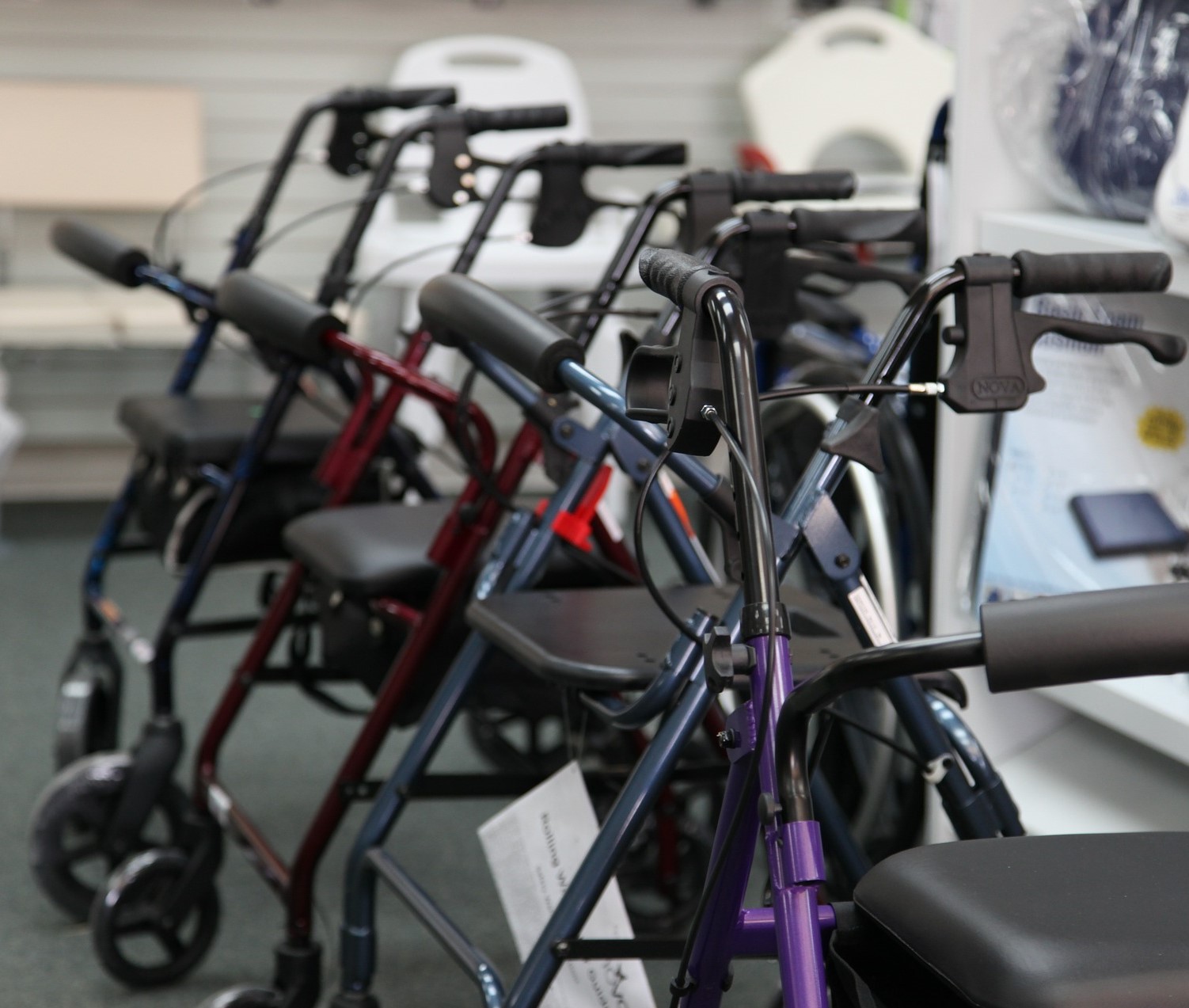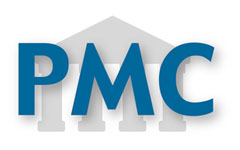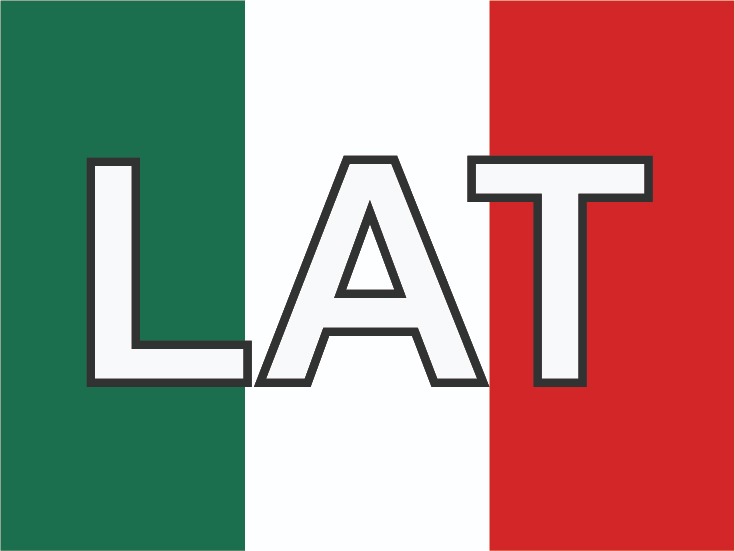Analysis of the experience of the geriatric fracture program in two institutions in Colombia: a reproducible model?
Abstract
Background: hip fracture is the major cause of morbidity and mortality. Geriatric fracture programs promise to improve the quality of care, health outcomes and reduce costs.
Objective: To describe the results related to the Geriatric fracture programs implementation in two Colombian institutions. These results could then be compared to other published experiences to assess reproducibility of the program.
Methods: A retrospective descriptive study of the patients treated under the Geriatric fracture programs in two institutions in Colombia was carried out. The information of each institution was collected from the initial year of program implementation until 2018. Demographic characteristics, length of stay, hospitalization complications, readmissions and mortality were described. Consumption of healthcare resources was defined using base cases determined with local experts and costs were estimated using standard methods.
Results: 475 patients were included in the Geriatric fracture programs in two institutions. We observed an increase in the number of patients during the Geriatric fracture programs. The length of stay decreased between 8.5% and 26.1% as did the proportion of total complications, with delirium having the greatest reduction. A similar situation was seen for first year mortality (from 10.9% to 4.7% in one institution and form 11.4% to 5.1% in the other), in-hospital deaths and readmissions. Estimates of costs of stay and complications showed reductions in all scenarios, varying between 22% and 68.3% depending on the sensitivity scenario.
Conclusions: The present study presents the experience of two institutions that implemented the Geriatric fracture programs with increase in the number of patients treated and reductions in the time of hospital stay, the proportion of complications, readmissions, mortality, and estimated costs. These are similar between both institutions and with other published implementations. This could hint that geriatric fracture program may be implemented with reproducible results.
Authors
Downloads
Keywords
- Geriatric fracture program
- Health Services for the Aged
- Health Plan Implementation
- Aged
- Length of Stay
- Hip Fractures
- Patient-Centered Care
References
Ray Marks. Hip fracture epidemiological trends, outcomes, and risk factors Background to the problem. Int J Gen Med. 2010;3:1-17. https://doi.org/10.2147/IJGM.S5906
Mundi S, Pindiprolu B, Simunovic N, Bhandari M. Similar mortality rates in hip fracture patients over the past 31 years. Acta Orthop. 2014 Feb;85(1):54-9. https://doi.org/10.3109/17453674.2013.878831
Lin KB, Yang NP, Lee YH, Chan CL, Wu CH, Chen HC, et al. The incidence and factors of hip fractures and subsequent morbidity in Taiwan: An 11-year population-based cohort study. PLoS One. 2018;13(2):1-11. https://doi.org/10.1371/journal.pone.0192388
Kanis JA, Odén A, McCloskey E V., Johansson H, Wahl DA, Cooper C. A systematic review of hip fracture incidence and probability of fracture worldwide. Osteoporos Int. 2012;23(9):2239-56. https://doi.org/10.1007/s00198-012-1964-3
Rapp K, Büchele G, Dreinhöfer K, Bücking B, Becker C, Benzinger P. Epidemiology of hip fractures: Systematic literature review of German data and an overview of the international literature. Z Gerontol Geriatr. 2019;52(1):10-6. https://doi.org/10.1007/s00391-018-1382-z
Haentjens P, Magaziner J, Colón-Emeric CS, Vanderschueren D, Milisen K, Velkeniers B, et al. Meta-analysis: Excess mortality after hip fracture among older women and men. Ann Intern Med. 2010;152(6):380-90. https://doi.org/10.7326/0003-4819-152-6-201003160-00008
Aziziyeh R, Amin M, Habib M, Garcia Perlaza J, Szafranski K, McTavish RK, et al. The burden of osteoporosis in four Latin American countries: Brazil, Mexico, Colombia, and Argentina. J Med Econ. 2019;0(0):1-1. https://doi.org/10.1080/13696998.2019.1590843
Gonz LA, Mar G, Molina F. Epidemiología de la osteoporosis Epidemiology of osteoporosis. 2009;16(1). https://doi.org/10.1016/S0121-8123(09)70119-7
Titler M, Dochterman J, Kim T, Kanak M, Shever L, Picone DM, et al. Cost of care for seniors hospitalized for hip fracture and related procedures. Nurs Outlook. 2007;55(1):5-14. https://doi.org/10.1016/j.outlook.2006.06.006
Burge R, Dawson-Hughes B, Solomon DH, Wong JB, King A, Tosteson A. Incidence and economic burden of osteoporosis-related fractures in the United States, 2005-2025. J Bone Miner Res. 2007 Mar;22(3):465-75. https://doi.org/10.1359/jbmr.061113
Kates SL, Blake D, Bingham KW, Kates OS, Mendelson DA, Friedman SM. Comparison of an Organized Geriatric Fracture Program to United States Government Data. 2010;1(1):15-21. https://doi.org/10.1177/2151458510382231
Kates SL, Mendelson DA, Friedman SM. Co-managed care for fragility hip fractures (Rochester model). Osteoporos Int. 2010 Dec;21(Suppl 4):S621-5. https://doi.org/10.1007/s00198-010-1417-9
Friedman SM, Mendelson DA, Kates SL, McCann RM. Geriatric co-management of proximal femur fractures: total quality management and protocol-driven care result in better outcomes for a frail patient population. J Am Geriatr Soc. 2008 Jul;56(7):1349-56. https://doi.org/10.1111/j.1532-5415.2008.01770.x
Kates SL, Malley NO, Friedman SM, Mendelson DA. Barriers to Implementation of an Organized Geriatric Fracture Program. 2012;3(1):8-16. https://doi.org/10.1177/2151458512436423
Giusti A, Barone A, Razzano M, Pizzonia M, Pioli G. Optimal setting and care organization in the management of older adults with hip fracture. Eur J Phys Rehabil Med. 2011 Jun;47(2):281-96.
Suarez S, Pesantez RF, Diaz ME, Sanchez D, Tristancho LJ, Vanegas MV, et al. Impact on Hip Fracture Mortality After the Establishment of an Orthogeriatric Care Program in a Colombian Hospital. J Aging Health [Internet]. 2017 Apr 8;29(3):474-88. https://doi.org/10.1177/0898264316636839
Bennett A, Li H, Patel A, Kang K, Gupta P, Choueka J, et al. Retrospective Analysis of Geriatric Patients Undergoing Hip Fracture Surgery: Delaying Surgery Is Associated With Increased Morbidity, Mortality, and Length of Stay. Geriatr Orthop Surg Rehabil [Internet]. 2018 Jan 19;9:215145931879526. https://doi.org/10.1177/2151459318795260
Jackson K, Bachhuber M, Bowden D, Etter K, Tong C. Comprehensive Hip Fracture Care Program: Successive Implementation in 3 Hospitals. Geriatr Orthop Surg Rehabil. 2019 Jan;10:215145931984605. https://doi.org/10.1177/2151459319846057

Copyright (c) 2021 Universidad del Valle

This work is licensed under a Creative Commons Attribution-NonCommercial 4.0 International License.
The copy rights of the articles published in Colombia Médica belong to the Universidad del Valle. The contents of the articles that appear in the Journal are exclusively the responsibility of the authors and do not necessarily reflect the opinions of the Editorial Committee of the Journal. It is allowed to reproduce the material published in Colombia Médica without prior authorization for non-commercial use

 https://orcid.org/0000-0002-8444-6493
https://orcid.org/0000-0002-8444-6493


















